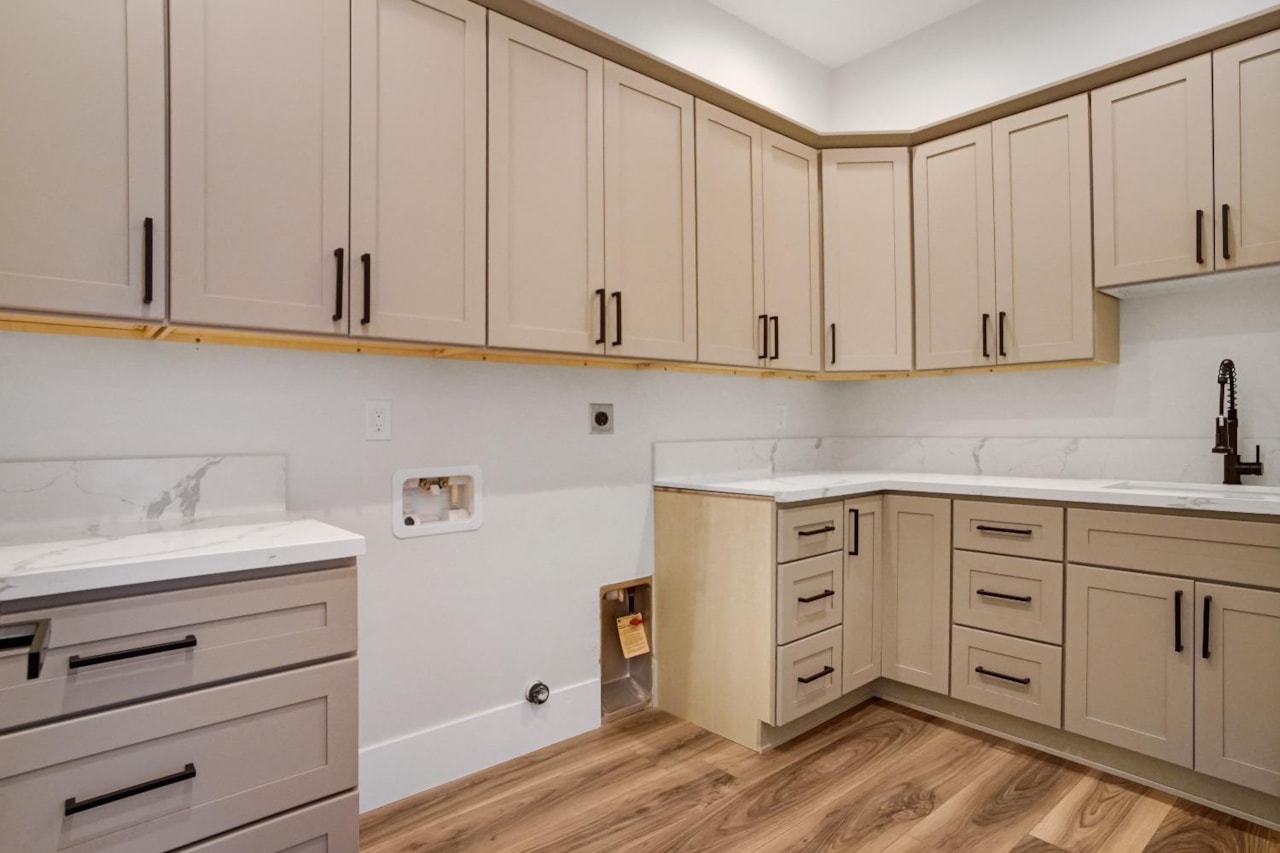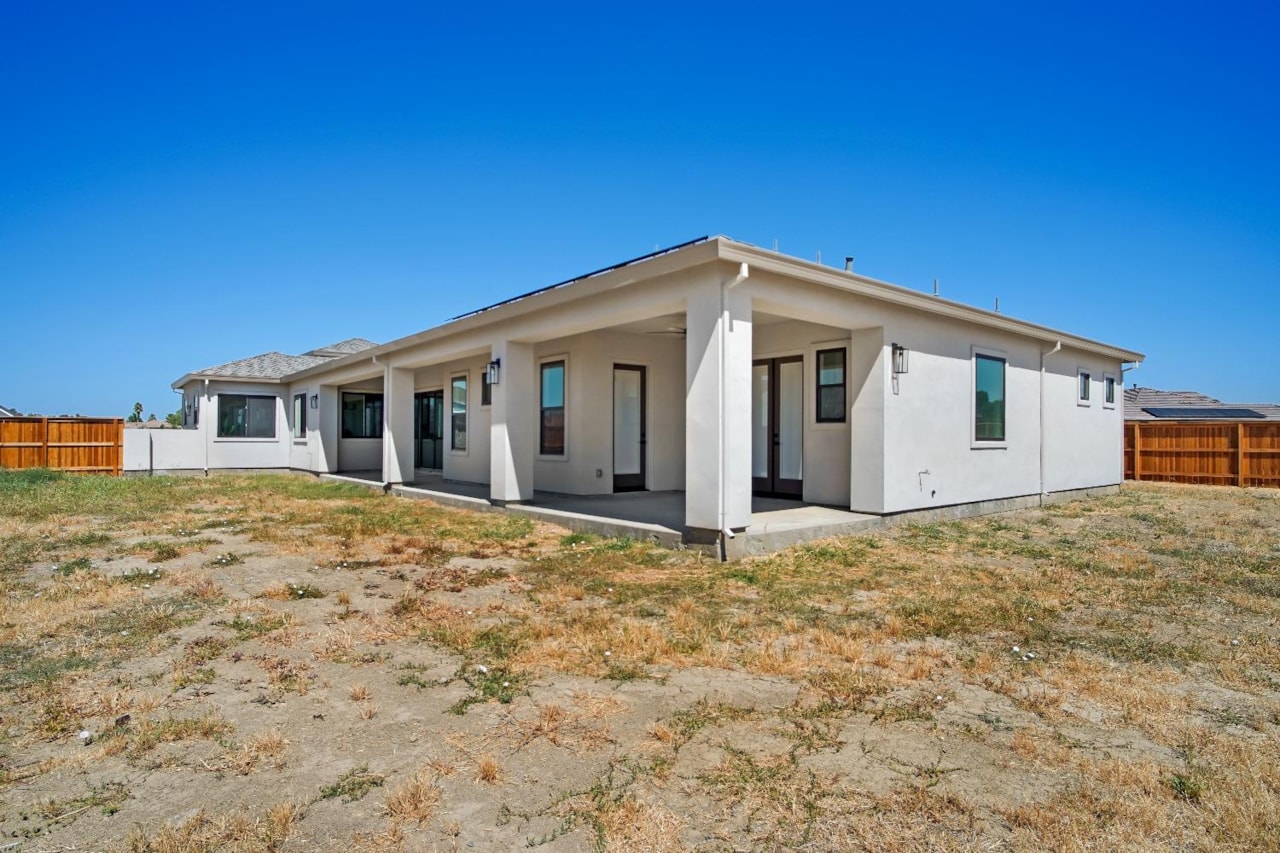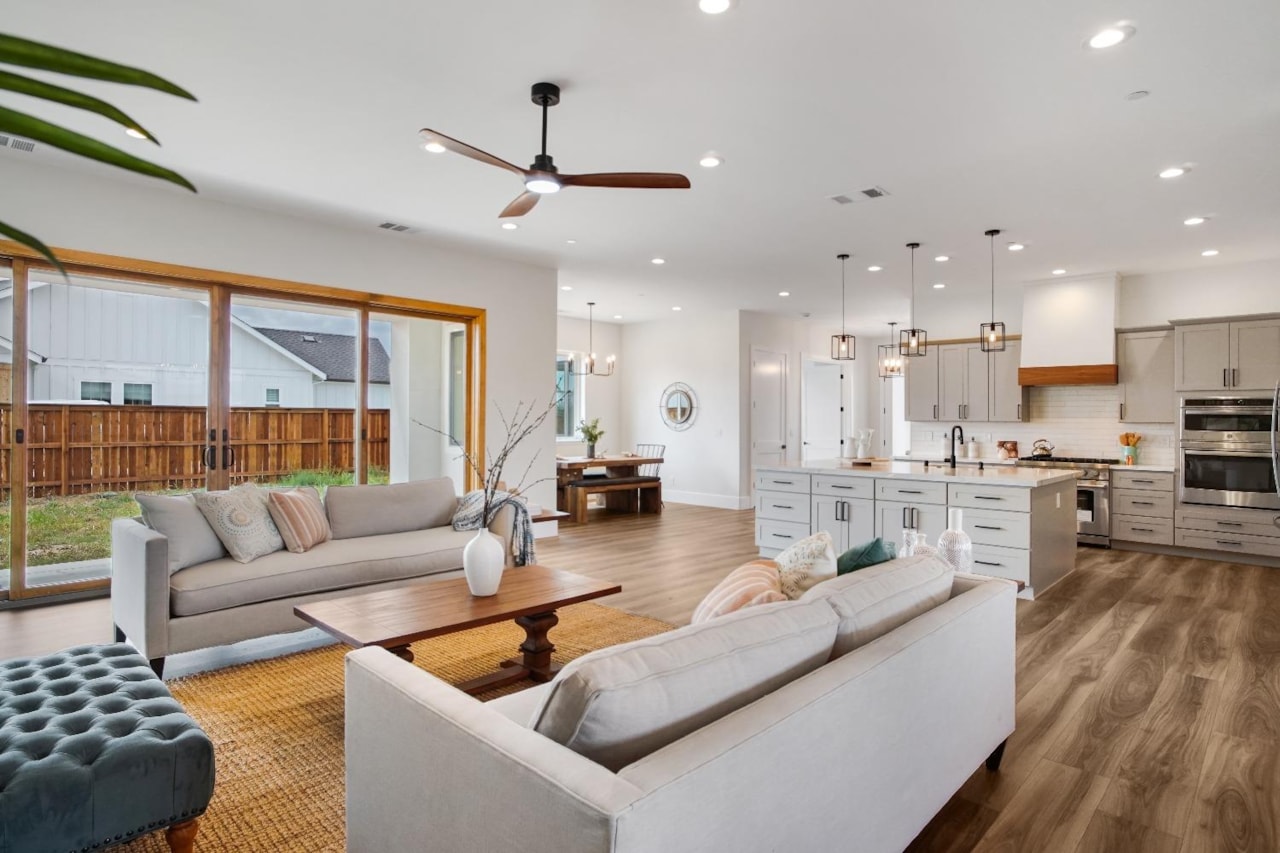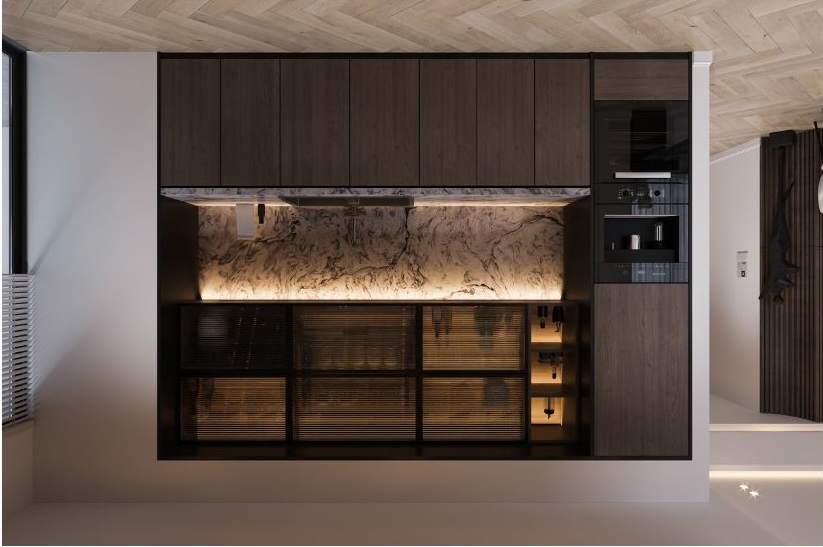Buying a home is one of the most significant financial decisions a person can make, and choosing the right type of property is crucial. One popular option for homebuyers today is purchasing a home in a new development. New developments often promise modern amenities, a fresh start, and potential growth in value. However, they also come with their own set of challenges and uncertainties. In this blog, we’ll explore the pros and cons of buying a home in a new development to help you make an informed decision.
What is a New Development?
A new development typically refers to a newly built housing estate or community that is constructed by a developer. These developments can range from small clusters of houses or apartments to large-scale projects that include hundreds of homes, as well as amenities like parks, schools, and shopping centers. New developments are usually located on the outskirts of cities, in suburban areas, or in up-and-coming neighborhoods.
Pros of Buying a Home in a New Development
Modern Design and Amenities
One of the most attractive aspects of new developments is their modern design and the inclusion of contemporary amenities. New homes are often built with the latest architectural trends and high-quality materials that appeal to today’s buyers.
- Energy Efficiency: New homes are generally more energy-efficient than older properties. They come with modern insulation, double or triple-glazed windows, and energy-efficient heating systems, which can lead to lower utility bills.
- Smart Home Technology: Many new homes are equipped with the latest smart home technology, such as smart thermostats, security systems, and energy management systems, providing convenience and security for homeowners.
- Modern Layouts: New developments often feature open-plan living areas, larger kitchens, and modern bathrooms, reflecting contemporary lifestyle preferences.

Customization Options
When buying in a new development, particularly if the property is off-plan (meaning it hasn’t been built yet), buyers often have the opportunity to customize their homes.
- Choice of Finishes: Buyers can choose finishes like flooring, countertops, cabinetry, and paint colors, allowing them to personalize their home to their taste.
- Upgrades and Add-Ons: Many developers offer upgrade packages for things like kitchen appliances, bathroom fittings, and outdoor landscaping. This allows you to tailor the home to your needs and preferences.

Low Maintenance Costs
New homes typically come with brand-new appliances, plumbing, roofing, and electrical systems, reducing the likelihood of repairs or replacements in the near future.
- Warranties: Most new homes come with builder warranties that cover major structural defects for a specified period, providing peace of mind to homeowners.
- Fewer Repairs: Since everything is new, there are fewer repairs needed compared to buying an older home, which can often come with hidden maintenance costs.

Community Planning and Amenities
New developments are often designed with community living in mind, which means they include amenities that can enhance your quality of life.
- Green Spaces and Parks: Many new developments incorporate green spaces, parks, and walking paths, creating a pleasant environment for residents.
- Recreational Facilities: Some developments include gyms, swimming pools, playgrounds, and community centers, fostering a sense of community and providing convenient recreational options.
- Proximity to New Infrastructure: New developments are often strategically located near new infrastructure projects, such as schools, shopping centers, and public transport, which can add to the convenience and appeal of the area.

Potential for Property Value Appreciation
Buying in a new development can sometimes offer good potential for property value appreciation, especially if the development is in an up-and-coming area or a location with future growth prospects.
- Early Investment Opportunity: Buying early in a new development can provide the opportunity to purchase at a lower price, with the potential for value appreciation as the development matures.
- Growing Communities: As the community develops and additional amenities and infrastructure are added, property values can increase, making it a good long-term investment.

Cons of Buying a Home in a New Development
Lack of Established Community
One of the potential downsides of buying in a new development is the lack of an established community. When a new development is in its early stages, there may be few residents, limited amenities, and a lack of a community feel.
- Construction Ongoing: If you move in early, you may have to deal with ongoing construction noise, dust, and disruptions as other homes and amenities are built.
- Limited Social Infrastructure: New developments may initially lack social infrastructure, such as community groups, schools, or local businesses, making it harder to establish connections.

Uncertain Property Value Trends
While new developments can appreciate in value, they can also carry a degree of uncertainty, particularly if the development does not progress as planned or if market conditions change.
- Market Volatility: The property market can be unpredictable, and new developments are not immune to downturns. If the market drops, the value of new homes can decrease, especially if there is a surplus of similar properties.
- Completion Risks: If the development is not completed as planned or if there are delays, this can impact property values and the overall appeal of the area.

Potential for Homogeneity
New developments can sometimes lack the character and individuality that older, more established neighborhoods offer.
- Uniformity of Homes: New developments often feature homes with similar styles and layouts, leading to a lack of architectural diversity and character.
- Cookie-Cutter Appearance: The uniform appearance can feel monotonous and may not appeal to buyers looking for unique or characterful homes.

Initial Infrastructure and Service Limitations
New developments can sometimes face initial challenges with infrastructure and services that may not be fully operational or established at the time of move-in.
- Limited Access to Public Transport: Public transport links may not be fully developed, making commuting more challenging.
- Early Growing Pains: Issues like lack of nearby schools, shopping centers, or medical facilities can make living in a new development less convenient initially.
Potential Hidden Costs
While new developments are often advertised with fixed prices, there can be additional hidden costs that buyers may not anticipate.
- Service Charges and Fees: Some developments come with service charges or homeowner association fees for the upkeep of communal areas, which can add to your monthly expenses.
- Premium Pricing: New homes can sometimes come with a premium price tag compared to similar-sized homes in established neighborhoods, potentially impacting resale value if the market doesn’t support it.

Limited Negotiation Leverage
Unlike buying an older home, where negotiation is more common, buying in a new development often comes with fixed prices set by the developer.
- Less Room for Negotiation: Developers typically have less flexibility in pricing, which can limit your ability to negotiate for a better deal.
- Strict Terms and Conditions: Developers may have strict terms regarding the sale, which could limit your flexibility during the buying process.
Key Considerations When Buying in a New Development
Before deciding to buy a home in a new development, it’s important to carefully consider the following factors:
- Research the Developer’s Track Record: Ensure that the developer has a strong reputation for delivering quality homes on time and within budget. Look for reviews, visit other developments they’ve completed, and speak to current residents if possible.
- Understand the Long-Term Plan for the Area: Get a clear understanding of the long-term plan for the development and the surrounding area. Check for future infrastructure projects, schools, shopping centers, and public transport developments that could enhance the area’s value.
- Evaluate the Community Layout and Amenities: Consider the layout of the community, the availability of green spaces, recreational facilities, and the overall design to ensure it aligns with your lifestyle needs.
- Check for Warranties and Guarantees: Make sure the home comes with warranties and guarantees that cover structural defects and other potential issues.
- Understand the Costs Involved: Be aware of any additional costs, such as service charges, maintenance fees, or premiums for certain upgrades or customization options.
- Consider the Investment Potential: Assess whether the property is a good investment by researching market trends, future growth potential, and demand in the area.

Conclusion
Buying a home in a new development comes with its own set of pros and cons. The allure of modern amenities, energy efficiency, and the potential for property appreciation can make new developments an attractive option. However, the lack of an established community, potential market risks, and hidden costs can pose challenges.
Ultimately, the decision will depend on your individual needs, lifestyle, and financial goals. If you value modern design, a low-maintenance lifestyle, and the potential for future growth, a new development may be right for you. However, if you prefer character, an established community, and a more predictable market environment, you may want to consider other options. As with any major investment, thorough research and careful consideration are essential to ensure a sound decision.
If there’s anything we can do to support you or if you have any questions about real estate please feel free to reach out to me and my team we would be happy to help you. We love being Sacramento’s real estate resource. Till next time Sacramento!





